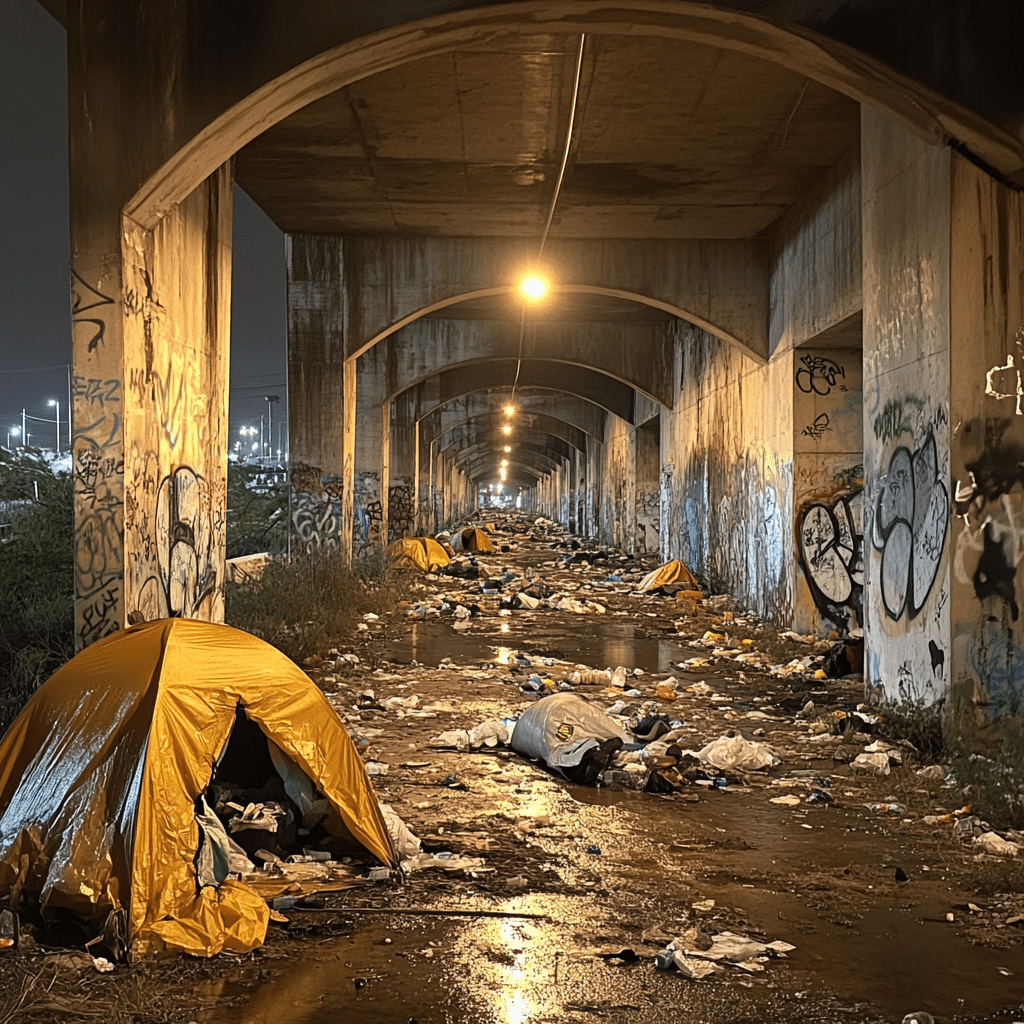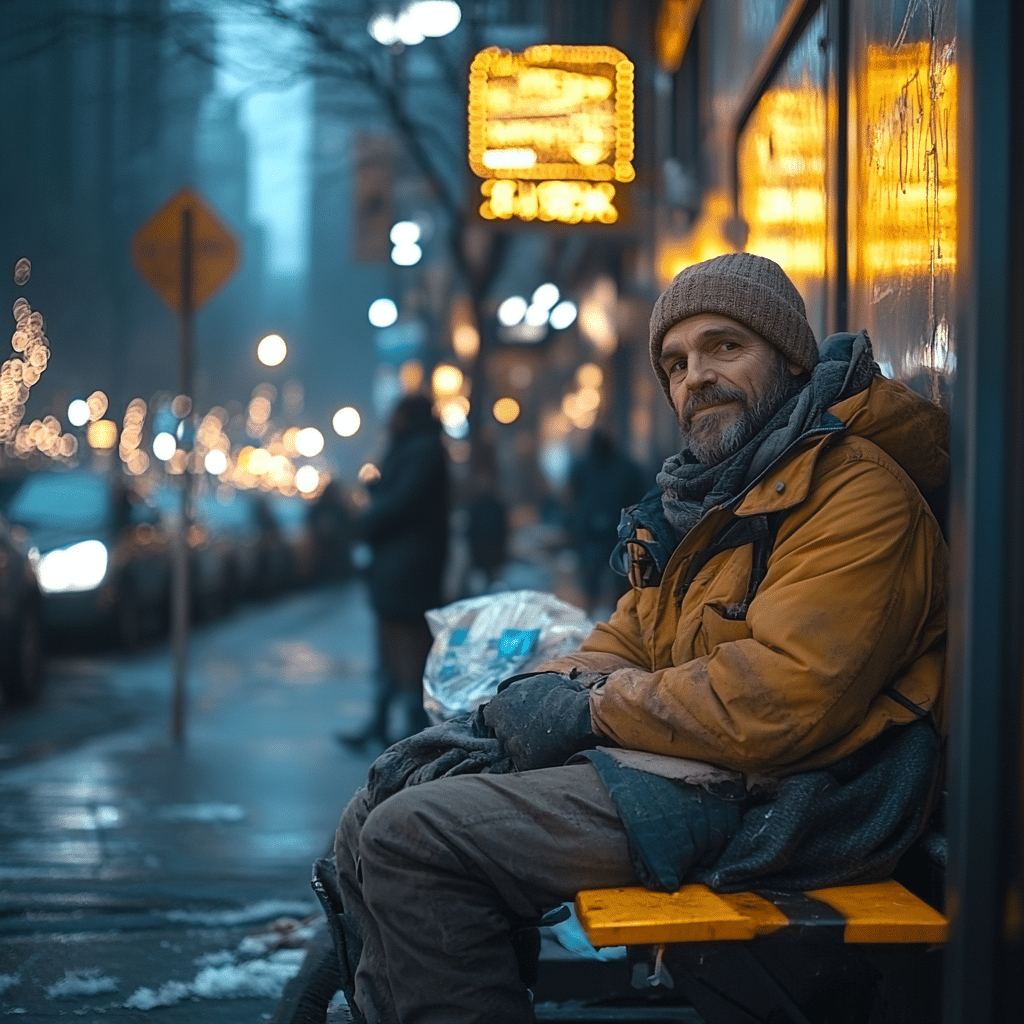Unveiling the Numbers: What Percent of the US Is Homeless
In 2024, the latest statistics from the Department of Housing and Urban Development (HUD) reveal a shocking reality: approximately 0.2% of the U.S. population is homeless. This figure translates to about 650,000 people, marking a slight increase from previous years. But these numbers are more than just statistics—they represent a tangled web of systemic issues, economic challenges, and personal struggles that many Americans face daily. So, what percent of the US is homeless, and what’s driving this persistent issue?

How Many Homeless in America 2023: Breaking Down the Figures
The year 2023 brought significant changes to the landscape of homelessness in the United States. According to HUD’s Annual Homeless Assessment Report (AHAR):
– California: Home to over 160,000 homeless individuals, California holds the largest share of the nation’s homeless population. Cities like Los Angeles and San Francisco are heavily impacted due to soaring living costs and inadequate affordable housing.
– New York: Nearly 74,000 homeless people were reported, predominantly in New York City, driven by high rent prices, limited shelter capacity, and systemic poverty.
– Florida: Around 28,000 homeless individuals reside in Florida, with cities like Miami and Orlando seeing high numbers. The state’s bustling tourism industry starkly contrasts with its critical housing shortages.
Given these 2023 figures, it’s clear that without substantial intervention, the trend may very well continue in 2024.

| Category | Data / Information |
| Total U.S. Population | Approximately 332 million (2021, U.S. Census Bureau) |
| Estimated Homeless Population | About 580,466 people (HUD 2020 Annual Homeless Assessment Report) |
| Percentage of U.S. Population | 0.17% (Homeless Population/Total U.S. Population) |
| States with Highest Rates of Homelessness | California, New York, Florida, Washington, Texas |
| Major Causes of Homelessness | Lack of Affordable Housing, Unemployment, Poverty, Mental Illness, Substance Abuse |
| Federal Programs Addressing Homelessness | HUD’s Continuum of Care (CoC) Program, Emergency Solutions Grants (ESG) Program, Veterans Affairs Supportive Housing (VASH) |
| Non-Government Organizations | National Alliance to End Homelessness, Salvation Army, Habitat for Humanity |
| Featured Initiatives | Housing First Initiative, Rapid Re-Housing Programs, Permanent Supportive Housing |
| Benefits of Addressing Homelessness | Enhanced Public Safety, Improved Health Outcomes, Economic Savings, Increased Community Cohesion |
Comparative Analysis: How Many People in Georgia in 2024 Are Homeless?
Diving into state-specific data, Georgia offers a unique perspective:
– Atlanta: The state’s capital reported around 3,200 homeless individuals in 2024. Despite the efforts of organizations like HOPE Atlanta, homelessness has slightly increased due to economic displacement and a shortage of affordable housing.
– Savannah: Known for its historical allure, Savannah grapples with approximately 500 homely individuals, caused by factors such as the fluctuating tourism industry and seasonal employment.
– Rural Areas: In Georgia’s countryside, about 1,300 people are homeless. Although less apparent, these communities face significant hurdles, including scarce shelters and limited social services.
So, how many people in Georgia in 2024 are homeless? The data highlight the hidden crisis across both urban and rural settings in the state.
Root Causes Behind America’s Homeless Crisis
To understand the depth of homelessness in America, one must examine the root causes:
– Economic Disparities: The ever-widening wage gap and inflating housing market make it difficult for many to afford rent. Cities like Los Angeles and New York show that middle and low-income families constantly risk facing homelessness.
– Mental Health and Substance Abuse: These factors significantly contribute to homelessness. Insufficient mental health services and rehabilitation facilities compound the struggles, notably among veterans and abuse victims.
– Systemic Racism: People of color, particularly African Americans and Native Americans, are disproportionately affected. Historical inequities result in higher unemployment and poverty rates within these communities, tipping them more toward homelessness.
Innovative Solutions: Examples from Real Brands and Organizations
Various organizations are spearheading initiatives that hold promise in tackling homelessness:
– Habitat for Humanity: This organization provides affordable housing solutions by building permanent homes for families, significantly reducing their risk of becoming homeless.
– Coalition for the Homeless: Operating in New York, this group offers shelter, food, and social services. Programs like the First Step Job Training empower homeless and low-income women to gain skills and employment.
– Pathway Homes: In Virginia, Pathway Homes employs a housing-first strategy, directly addressing homelessness while providing support services such as mental health and addiction recovery.
These real-world examples highlight that systemic and innovative solutions are paramount to healing the homelessness crisis.
Real Stories from the Frontlines: The Human Aspect
Underlying statistics are the personal tales that spotlight the human aspect of homelessness:
– Janice’s Story: Janice, a single mother from Chicago, found herself homeless after losing her job during the pandemic. Thanks to the Chicago Coalition for the Homeless, she secured temporary housing and job training. She eventually found stable work and a place to call home.
– Veteran Struggles: John, a veteran in Dallas, wrestled with PTSD and homelessness for years. With help from Veterans Matter, an organization that provides rental deposits for homeless veterans, John finally secured an apartment and received ongoing mental health support.
These stories underscore the importance of tailored, compassionate assistance in helping individuals reclaim their lives.
A Glance Forward: Addressing the Homelessness Crisis
Although the numbers are staggering, concerted efforts from policymakers, non-profits, and communities are essential. Innovative housing solutions, paired with strong mental health and employment support systems, are vital. Legislative measures like affordable housing quotas and enhanced healthcare services could significantly impact reducing homelessness numbers.
Addressing the homelessness crisis requires remembering that each data point represents real lives and unique stories. The quest for compassionate and effective strategies to combat homelessness remains one of America’s pressing moral duties. By proactive measures, harnessing resources, and focused policy changes, the battle against homelessness in 2024 and beyond can be won.
For further insights on how many homeless people are in the USA, visit This detailed analysis.
Lastly, in your journey to secure your housing future, whether you’re buying a house For The first time or looking for the top home equity Loans, Mortgage Rater is here to guide you every step of the way.
Understanding the profound impact of homelessness on society isn’t just about data and trends; it’s about empathizing with the human condition and striving for solutions that uplift and restore. If you’re ready to take the next step in your housing journey, consider speaking with a Mortgage Rater Loan Officer today.
By focusing on actionable insights, community-driven solutions, and empathetic understanding, together, we can bring about meaningful change and help more Americans achieve stability and security. For those dreaming of the American dream, We ‘re here To help.
What Percent of the US is Homeless: Shocking Truth
Navigating through what percent of the US is homeless can be an eye-opener, and some trivia might just leave you flabbergasted. Here’s a neat thought: did you know the number of homeless people in the U.S. is essentially the population of a small city? According to the recent figures, there are over half a million individuals without a roof over their heads. Imagine that – a whole city of folks, each with their own story, just struggling to find their footing. You might say it’s a harsh reality, but it’s one we need to face.
Speaking of numbers, here’s another one that’ll knock your socks off: Nearly 39% of the homeless population comprises kids and young adults under 25. That’s like comparing the percentage of folks munching on hot dogs at a baseball game to those chowing down on peanuts. Pretty staggering, right? This fact might prompt a few to think of something more whimsical, like the inquisitive antics of Sakura Card Captor. But let’s snap back to reality; the real enchantment comes when communities unite to make a difference.
Have you ever seen the Handshaking Meme? Picture this: two hands clasped in solidarity – a poignant image symbolic of the endless collaboration needed between organizations and individuals in quelling this crisis. While the meme might tickle our funny bone, it symbolizes something earnest: the fight against homelessness is a collaborative effort that requires extending a hand.
Now here’s a juicy tidbit for you history buffs: back during the Great Depression, the term “Hobo” was coined. Hobos traveled by freight train searching for work and survival. Fast forward to today, and though the term might seem antiquated, the struggle for shelter is still real. It’s like stepping into a page from history and realizing maybe not much has changed since then.
So, as we unravel the complexities of what percent of the US is homeless, these intriguing facts don’t just add a layer of understanding but can spark the curiosity to dive deeper into finding solutions. After all, it’s not just about knowing the stats but making a difference too!



